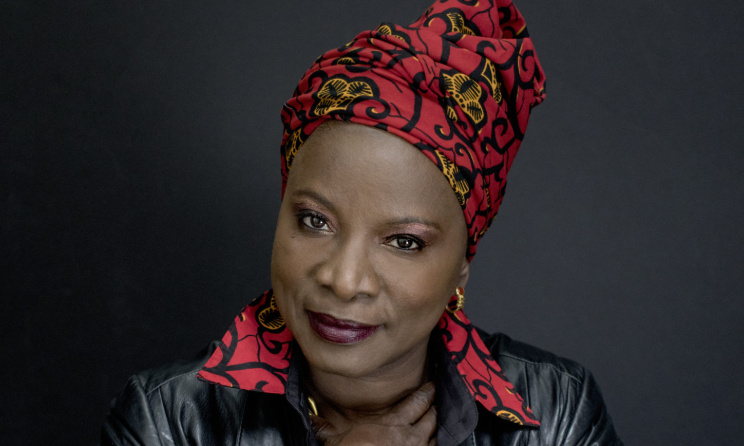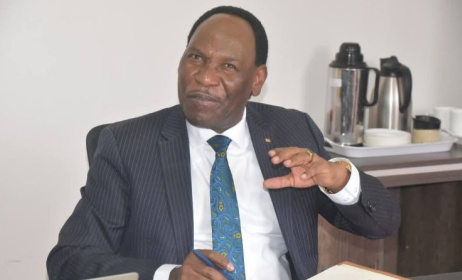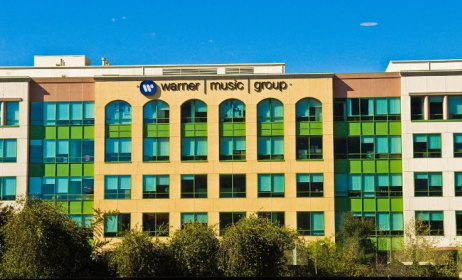Royalty collection in Africa limited but growing − CISAC 2019 report
Global music royalty collections were up 1.8% to €8.49bn in 2018 from the previous year, a consistent upward trend of 26.8% since 2014.
 Beninese singer and CISAC vice-president Angélique Kidjo.
Beninese singer and CISAC vice-president Angélique Kidjo.
This is according to the International Confederation of Societies of Authors and Composers' (CISAC's) 2019 Global Collections Report released yesterday. The report is based on data collected from the body's 239 member collective management organisations (CMOs) in 122 countries and five regions. It presents data from five key repertoires, including music, audiovisual, visual arts, drama and literature.
CMOs in Africa collected a total of €78m in royalties last year. This reflects an increase of only 0.7%. However, currency fluctuations negatively impacted the reported growth rate, with the strengthening of the Euro significantly reducing growth from what would have been a 5.8% increase.
The amount represents less than 1% of the total contribution globally compared to Europe’s 56.4%, although a 29.1% increase was reported in Africa over the past five years. This was driven by a substantial increase in broadcast revenues in South Africa, significant growth in Morocco and more efficient collection systems in a number of African countries.
Africa is still big on traditional platforms, with TV and radio being the highest income streams. TV and radio collections grew 5.5% to €31m in 2018. Although there was potential, further growth was restricted largely due to unlicensed broadcasters, which amount to about half of all broadcasters on the continent. This means that neither licensing fees nor royalties were paid, producing a negative ripple effect for creators.
The music repertoire topped all income categories, accounting for 92.4% of the region’s total collections. Year-on-year growth in this category was on par with the global rate, and exceeded the global growth rate over the past five years with 35.8%. This was second highest to the 65.2% in North America.
Overall growth across all five repertoires on the continent was 29.1% in 2018, with South Africa contributing almost half (49.6%) followed by Algeria’s 20.5%.
Private copying rights levies continue to be an important source of revenue in some African countries, with collections growing by 69% to €12m since 2014. Eight countries show private copying figures with notable shares in collections, including Algeria (27.9%), Burkina Faso (59.3%) and Morocco (79.1%). Private copying levies in Morocco increased by 21.1% to surpass €5m following its first year of collection in 2017. Cape Verde’s figures also grew more than fivefold year-on-year, and Burkina Faso more than doubled private copying income. Meanwhile, Malawi collected for the first time in 2018.
Digital growth is slow in Africa compared to rest of the world. A 32.5% growth in income was reported, mainly from South Africa’s large contribution. Senegal was singled out by CISAC as a leader in Africa in terms of adapting its collection systems from physical to digital, resulting in an increase of 465% in the latter category in the last five years.
Interestingly, Europe accounts for the lowest digital share of global output at 13.3%, whereas the Asia-Pacific region claimed the largest global digital share of 23.6% with a 120% growth rate over the past five years.
According to the report, creators fuel the digital economy but their work is undervalued. Collections in Africa are also still mismatched compared to the region’s creative output. As such, there have been significant efforts by CMOs to improve licensing and rates, particularly in South Africa and Benin where recent attention has been drawn to outdated tariffs.
CISAC also made reference to the European Copyright Directive that was passed earlier this year, calling it an illuminator of the important principles about the wider role of copyright.
Download the full CISAC Global Collections Report 2019 here.



























Comments
Log in or register to post comments